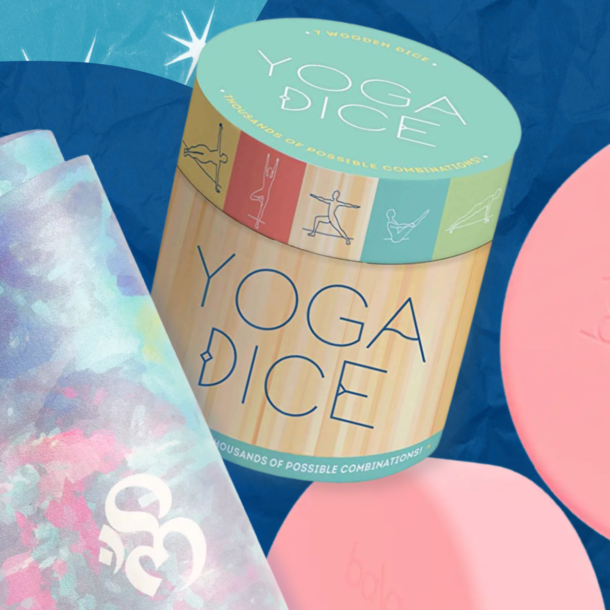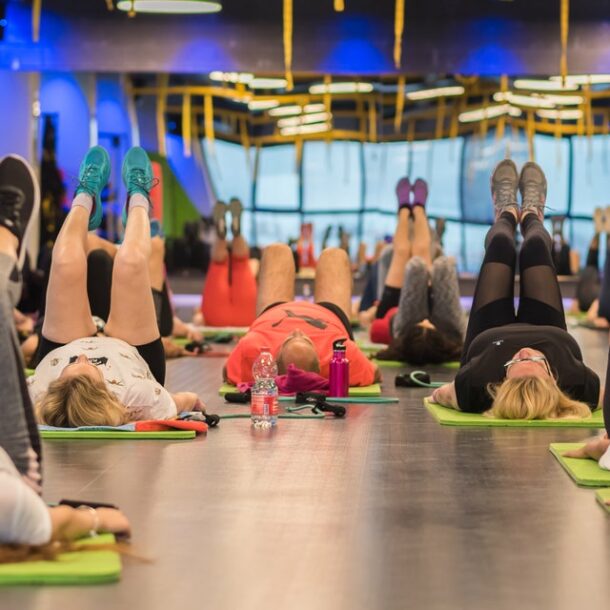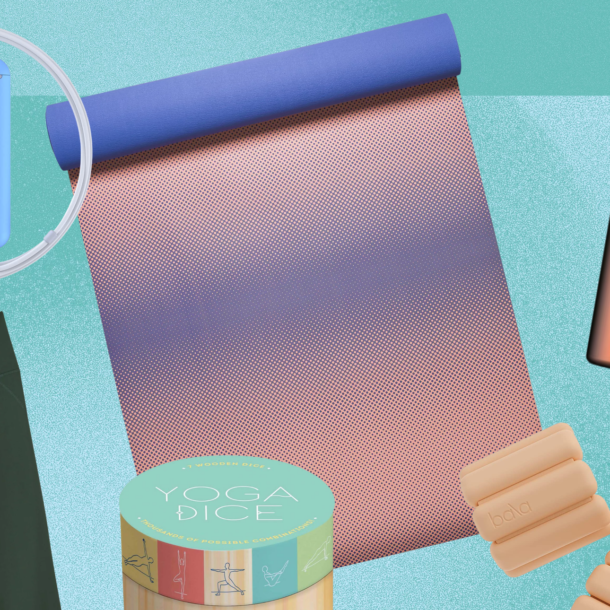
How to Increase Your Flexibility When You Can’t Even Touch Your Toes
Confession: I hate stretching, and I haven’t been able to touch my toes in years. For a while, I shrugged off my lack of flexibility as a minor problem in the grand scheme of my overall fitness. However, it’s recently taken a toll, on both my workouts and my day-to-day functioning. My hip flexors often ache, my running stride feels awkwardly short, and yoga is a painful endeavor.
As a fitness writer, I know all about the benefits of stretching: It can increase flexibility, prime your muscles safely for activity, and calm your body after exercise. So this year, I vowed to finally start stretching. The only problem? I had no idea where to start.
Luckily, I knew a few experts who could help: physical therapist and yoga teacher Nicole Haas, PT, DPT, founder of Boulder Physiolab in Boulder, Colorado, and physical therapist Kellen Scantlebury, DPT, CSCS, founder of Fit Club NY in New York City. So I tapped them for advice on how I could get started.
The first thing I learned? It’s best not to think of the solution solely as a “stretching routine.” Instead of focusing on static stretching, or holding still in a certain position, which is what a lot of us envision when we think of stretching, it’s better to channel your effort toward a broader mobility program. Stretching, of course, will be part of that, but mobility encompasses a whole lot more.
Below, the differences between stretching and mobility, why they’re both important, and some tips on how to incorporate them into your fitness routine.
What’s the difference between stretching and mobility?
Mobility work and stretching can both help your body move better, but they aren’t exactly the same thing.
There are lots of different definitions of mobility work out there, but to keep it really simple, you can consider mobility work anything that improves motion through your joints, muscles, nerves, and connective tissues, Haas tells SELF. The ultimate goal of mobility work is to enhance your ability to move more comfortably and effectively through your daily patterns. Mobility work can include practices like dynamic stretches, which are exercises where you move fluidly through the full range of motion of a joint—essentially the opposite of static stretching. Mobility training can also include movement like yoga flows, using massage guns, foam rollers, and other mobility devices (like massage balls and sticks).
Stretching, on the other hand, is less broad: It’s one facet of mobility work that refers to any movement that lengthens a muscle (like pulling your heel to your butt to lengthen your quad, or reaching for your toes to lengthen your hamstrings). This, of course, can improve your range of motion as well—but it does so in a more specific way than with more general mobility work.
If your goal is to move and feel better, you’ll want to fit both stretching and mobility work into your life.
What are the benefits of regular stretching and mobility work?
Stretching and mobility work can offer a ton of benefits.
Related Articles
2023 Healmyselfnow @ All Rights Reserved


